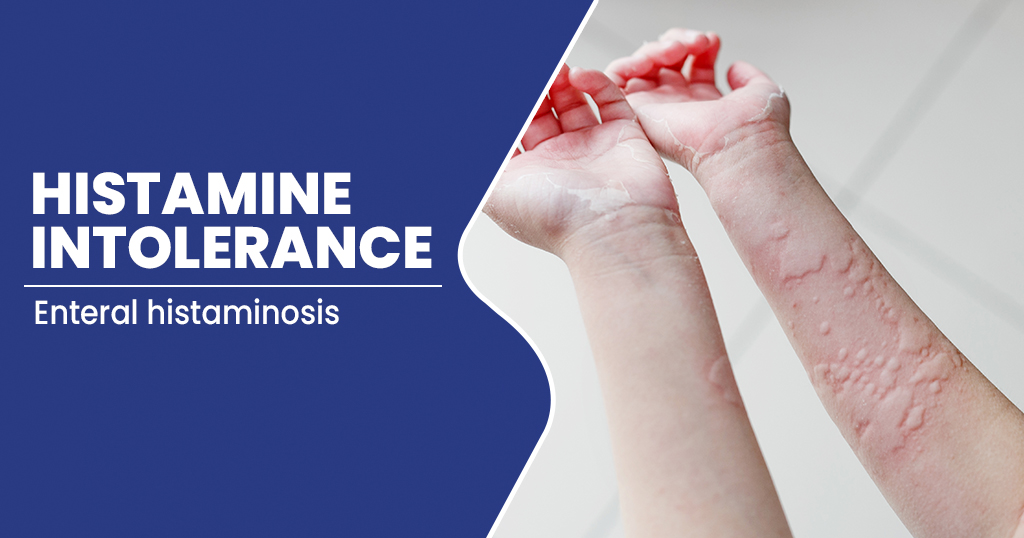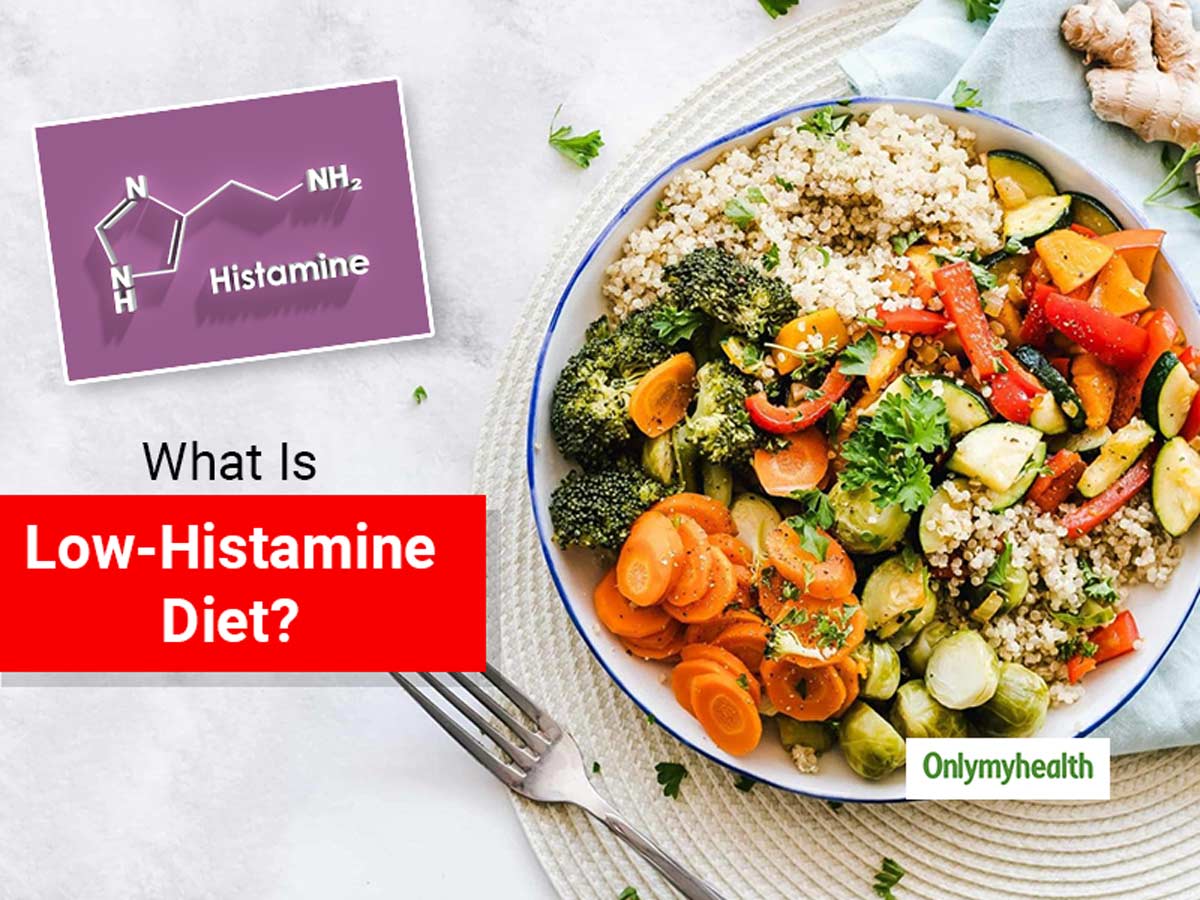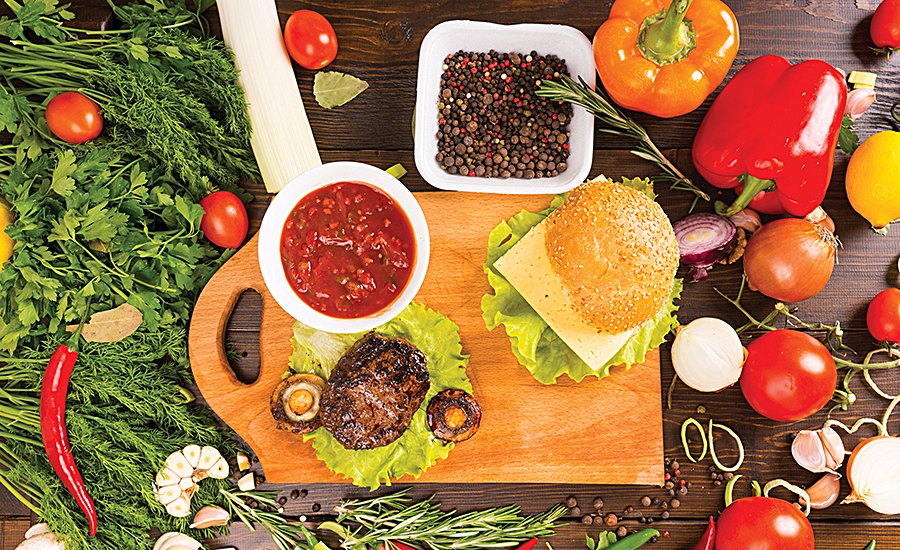Allergic rhinitis can significantly impact one's quality of life, causing symptoms such as sneezing, runny nose, and itchy eyes. For individuals with histamine intolerance, managing these symptoms can be particularly challenging. However, adopting a low-histamine diet can help alleviate allergic rhinitis symptoms by reducing the intake of histamine-rich foods. In this article, we will explore five helpful pieces of information about a low-histamine diet, including foods to limit and substitute, and provide practical tips for managing allergic rhinitis effectively.
1, Understanding histamine intolerance.
Histamine intolerance is a condition characterized by the body's inability to properly break down and metabolize histamine, a compound involved in the immune response and regulation of various physiological processes. Normally, the enzyme diamine oxidase (DAO) is responsible for breaking down histamine in the digestive system, preventing its accumulation in the body. However, in people with histamine intolerance, DAO activity is reduced or impaired, leading to an excessive build-up of histamine.
When histamine levels become elevated, it can cause a range of allergic-type symptoms, such as rhinitis (nasal congestion, runny nose), skin rashes, itching, gastrointestinal issues (abdominal pain, bloating, diarrhea), headaches, and even systemic symptoms like fatigue and brain fog. These symptoms can vary in severity from person to person.
A low-histamine diet is often recommended for individuals with histamine intolerance to help reduce their exposure to histamine-rich foods and alleviate symptoms. The goal of this diet is to minimize the intake of foods that are naturally high in histamine or that can trigger the release of histamine in the body.
Histamine-rich foods include fermented and aged products like cheese, sauerkraut, yogurt, and cured meats. Other foods that may promote histamine release or block DAO activity include alcohol (particularly wine and beer), certain fruits (such as citrus fruits, strawberries, and bananas), tomatoes, spinach, eggplant, avocados, and some spices like cinnamon and cloves. Additionally, some individuals may also be sensitive to food additives like sulfites, which can exacerbate histamine intolerance symptoms.
A low-histamine diet typically involves avoiding or reducing the consumption of these high-histamine foods and other potential triggers. However, it's important to note that the effectiveness of the diet can vary among individuals, and some people may need to follow a more restrictive version of the diet while others may tolerate certain foods better.
If you suspect you have histamine intolerance, it is recommended to consult with a healthcare professional, such as a doctor or registered dietitian, who can provide an accurate diagnosis and guide you in managing your symptoms through appropriate dietary changes and potentially other interventions.
2, Foods to limit or avoid.
When following a low-histamine diet to manage allergic rhinitis or histamine intolerance, it is generally recommended to limit or avoid foods that are high in histamine or can trigger histamine release in the body. Here's a list of foods to limit or avoid:
Fermented foods: Sauerkraut, kimchi, kombucha, kefir, and other fermented products can be high in histamine.
Aged cheeses: Cheese varieties like Parmesan, Gouda, Cheddar, and blue cheese are known to have higher histamine levels.
Cured and smoked meats: Deli meats, bacon, salami, and other cured or smoked meats can be high in histamine.
Shellfish: Shrimp, crab, lobster, and other shellfish may contain higher levels of histamine.
Smoked fish: Smoked salmon, mackerel, and other smoked fish products can be high in histamine.
Pickled foods: Pickles, olives, and other pickled vegetables may contain higher levels of histamine.
Alcohol: Wine, beer, champagne, and some spirits like whiskey and vodka can trigger histamine release and worsen symptoms. Red wine is particularly known for its histamine content.
Certain fruits: Citrus fruits (lemons, oranges, grapefruits), strawberries, pineapples, and some tropical fruits like kiwi and mango are considered higher in histamine.
It's important to note that individual tolerance to these foods can vary. While some people with histamine intolerance may need to strictly avoid these foods, others may be able to tolerate them in moderation. It's a good idea to keep a food diary and track your symptoms to identify any specific triggers.
Additionally, it's worth noting that histamine levels can vary in foods depending on their freshness, processing, and storage conditions. Freshly cooked or freshly prepared foods are generally lower in histamine compared to aged or leftover foods.
Remember, if you suspect histamine intolerance or have allergic rhinitis, it's recommended to consult with a healthcare professional or a registered dietitian for an accurate diagnosis and personalized dietary advice.
3, Low-histamine food alternatives.
When following a low-histamine diet, there are several food alternatives that are generally considered low in histamine and can be included in your meals. Here are some examples:
Fresh meats: Chicken, turkey, and fresh cuts of beef and pork are generally low in histamine. It's important to consume them when they are freshly cooked and avoid processed or cured meats.
Fresh fish: While certain types of fish are known to be high in histamine, there are options that are generally considered low in histamine. These include fresh salmon, cod, haddock, and trout. It's advisable to consume them when they are fresh and properly cooked.
Gluten-free grains: Rice, quinoa, millet, amaranth, and gluten-free oats are good options for low-histamine grains. They can be used as a base for meals or as side dishes.
Most vegetables: Many vegetables are low in histamine and can be enjoyed on a low-histamine diet. Examples include broccoli, cauliflower, carrots, green beans, peas, leafy greens (except spinach), cucumbers, zucchini, and sweet potatoes. It's important to note that some individuals may have sensitivities to specific vegetables, so it's a good idea to monitor your personal reactions.
Non-citrus fruits: Fruits like apples, pears, berries (strawberries, blueberries, raspberries), cherries, and melons are generally considered low in histamine. However, it's best to consume them when they are fresh and ripe.
Dairy substitutes: If you're avoiding dairy, you can opt for alternatives like coconut milk, almond milk, rice milk, or hemp milk. Be sure to choose brands that do not contain additional additives or preservatives that may trigger histamine release.
In addition to these alternatives, it's also important to focus on fresh and minimally processed foods. Avoiding leftovers, aged or fermented foods, and foods with additives, preservatives, or artificial ingredients can help reduce histamine intake.
Remember that individual tolerance to foods can vary, so it's essential to listen to your body and adjust your diet accordingly. Keeping a food diary and tracking your symptoms can be helpful in identifying any specific triggers. Consulting with a healthcare professional or a registered dietitian is recommended for personalized advice and guidance in managing your histamine intolerance or allergic rhinitis symptoms.
4, Pay attention to food freshness and preparation.
Paying attention to the freshness and preparation of foods is crucial when following a low-histamine diet. Here are some important points to consider:
Freshness: Histamine levels can increase in foods as they age. Therefore, it's recommended to consume fresh foods whenever possible. Choose fresh meats, fish, fruits, and vegetables. Purchase them from reliable sources and pay attention to expiration dates.
Storage: Proper storage is essential to minimize histamine formation. Refrigerate perishable foods promptly and maintain appropriate temperatures in your refrigerator (below 4°C or 40°F) to slow down the growth of bacteria that can produce histamine. Avoid leaving foods at room temperature for extended periods, as this can lead to histamine accumulation.
Leftovers: Leftover foods, especially if stored for a long time, can have higher histamine levels. It's best to consume freshly cooked meals and avoid consuming leftovers that have been stored for more than a day or two. If you do have leftovers, cool them quickly, refrigerate them promptly, and consume them within a short period.
Preparation: Certain cooking methods can influence histamine levels. It's generally advisable to choose fresh ingredients and prepare them using simple cooking techniques like boiling, steaming, baking, or grilling. Avoid prolonged cooking times or methods that involve fermentation or aging, as these can increase histamine levels.
By prioritizing fresh and minimally processed foods, proper storage, and mindful preparation, you can help minimize histamine accumulation and support a low-histamine diet. As always, individual tolerance and reactions to foods may vary, so it's important to monitor your symptoms and adjust your diet accordingly.
If you have concerns or questions about histamine intolerance or managing allergic rhinitis, consulting with a healthcare professional or a registered dietitian can provide you with personalized guidance and recommendations based on your specific needs.
5, Consider a balanced approach.
While following a low-histamine diet can be helpful for managing allergic rhinitis or histamine intolerance, it's crucial to maintain a balanced and varied diet that includes other essential nutrients. Here are some dietary considerations to keep in mind:
Adequate protein: Protein is essential for various functions in the body. Include good sources of protein such as lean meats, poultry, fish, legumes, nuts, and seeds in your diet. These foods can provide amino acids necessary for growth, repair, and overall health.
Healthy fats: Incorporate healthy fats into your diet, such as avocados, nuts, seeds, olive oil, and fatty fish (if tolerated). These fats provide important nutrients and support various bodily functions.
Fruits and vegetables: While there are certain fruits and vegetables that are higher in histamine, there are still plenty of options that are low in histamine and rich in vitamins, minerals, and antioxidants. Include a variety of fruits and vegetables in your diet to ensure you're getting a range of nutrients and phytochemicals.
Whole grains: Incorporate whole grains like brown rice, quinoa, oats, and whole wheat (if tolerated) into your diet. These grains provide fiber, vitamins, and minerals.
Hydration: Remember to stay adequately hydrated by drinking enough water throughout the day. Hydration is important for overall health and can support the proper functioning of various bodily processes.
Individualized approach: It's important to note that the severity of histamine intolerance and individual tolerances can vary. Some individuals may need to be more restrictive with their food choices, while others may tolerate certain foods better. It's advisable to keep a food diary and monitor your symptoms to identify any specific triggers and make personalized adjustments to your diet.
A registered dietitian or healthcare professional can provide personalized guidance on incorporating a variety of foods and ensuring you meet your nutritional needs while managing allergic rhinitis or histamine intolerance. They can help create a balanced meal plan that takes into account your specific requirements and preferences.
Managing allergic rhinitis can be a daunting task, but a low-histamine diet offers a potential solution. By being mindful of the histamine content in foods and making suitable substitutions, individuals can find relief from their symptoms and improve their overall well-being. However, it's important to remember that a low-histamine diet is not a one-size-fits-all approach, and seeking professional guidance is crucial to ensure a balanced and nutritionally adequate eating plan. By working with healthcare professionals or registered dietitians, individuals can tailor a low-histamine diet to their specific needs, paving the way for better management of allergic rhinitis and an improved quality of life.




Comments
Post a Comment